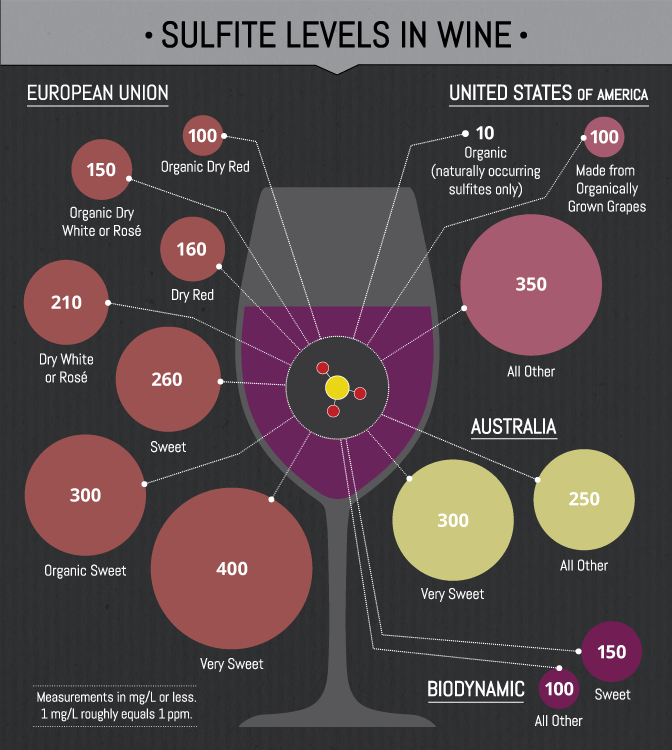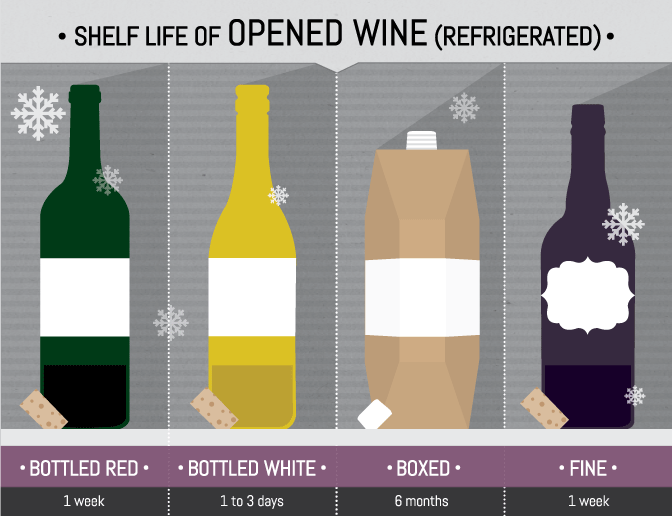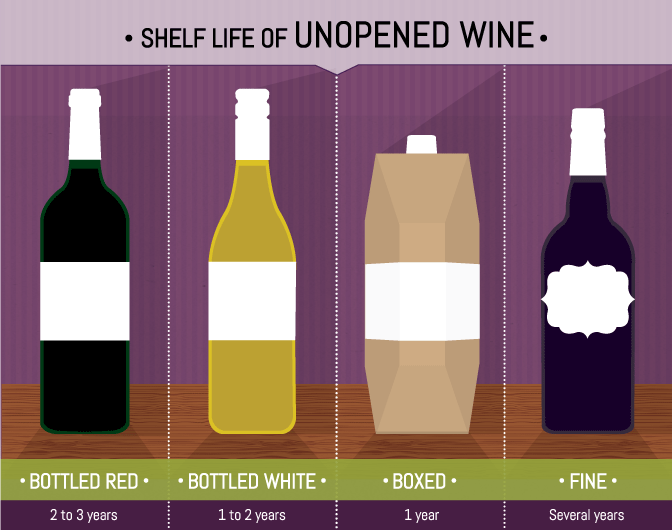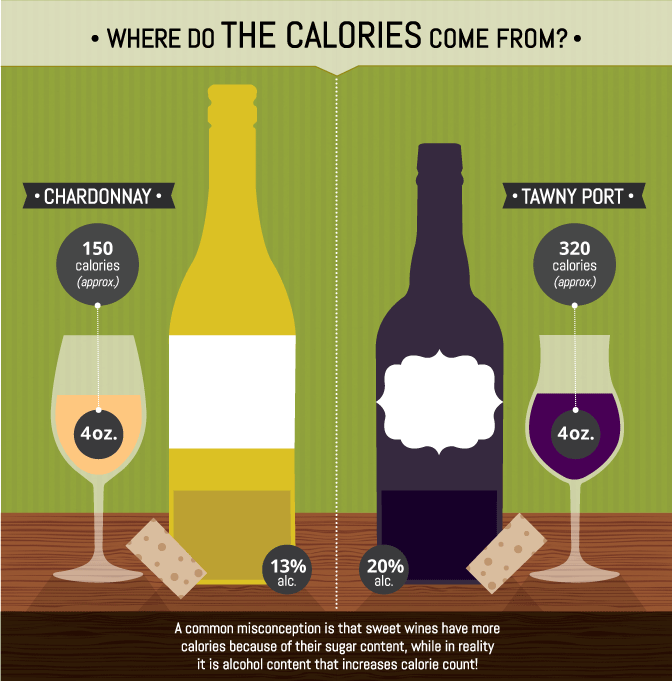Debunking Wine Myths
The Truth Revealed!
Myths and urban legends exist in every culture. Elaborate stories are told, and somehow,
somewhere, people come to see them as true and pass them along. Was Mr. Rogers really a Navy
SEAL? Was a woman really buried alive at the local cemetery?
Similarly, a range of myths and tall tales exist in wine culture. You might have heard of
“wine o’clock,” or the saying “Wine doesn’t improve with age; I improve with wine.” These humorous
little phrases are the wine community’s way of poking fun at some of the myths associated with the subject.
To set the record straight, here are five wine myths that should be dispelled.
Expensive Wine is Better Wine
There are many reasons other than taste that people buy an expensive bottle of wine.
A fancy bottle of wine shows your friends that you have good taste, that you are cultured,
but most of all, it shows that you have big bucks and can afford something that will be finished
in just a few hours. When it comes to flavor, however, everyone has a different palate and a different nose.
Some people will taste apples in their wine where others will taste lemons.
Even wine experts will tell you that when buying a bottle of wine, price should not be a consideration.
Just because an expert gave a wine 90-plus points does not mean you that will have the same experience
as he did. Who knows? Maybe you won’t even like it.
Here are some tips on how to pick a good bottle of wine without looking at price:
- Hit the web. If you love chardonnay, do a little research, read reviews, and find a wine you’d like to buy.
- Wine corks and empty wine bottles aren’t just for making crafts. If you find a good wine and it doesn’t cost an arm and a leg, keep the
cork or the bottle as a reminder of what you liked. Or start a list of “Must Buy Again” wines.
- It’s all about location, location, location. Get to know the wine areas of the world. Some
hot and relatively cheap wines are coming out from Spain, Chile,
Argentina, South Africa, and New Zealand. Go back to the web and find one or two you would like to try.http://www.myrecipes.com/menus/how-to-choose-inexpensive-wine#location-location-location
Organic Wine Contains No Sulfites
You might have seen the “No Sulfites Added” label on wine bottles. This does not mean the wine contains no sulfites.
Also, do not confuse this with the “Contains Sulfites” label. Sulfites are compounds that are naturally produced in the
fermentation process. All wines – no exception – contain sulfites. Many winemakers will add extra sulfites to prevent
wine from oxidizing quicker. Adding sulfites will also help stabilize a wine and keep it from spoiling before you take a
sip. Organic wines, on the other hand, do not have additional sulfites. What many people do not know is that most U.S.
wines average 125 ppm, which is a lot lower than the maximum sulfite level of 350 ppm. This is also considerably lower
than wines from just 100 years ago. Thank you, modern technology! Organic wines, though, only contain 10-20 ppm,
a result of only natural sulfites.http://wine.about.com/od/wineandhealth/a/winesulfites.htm

Wine Improves With Age
Unless you have a large, dark place with moderate temperature to store ridiculously expensive, high-end wines,
the only collection you should be worried about is the one containing wines you like to drink. It does not matter how
long you wait. Bad wine will always be bad wine. Chemically, the structure of wine changes over time. This also changes
the bouquet, the taste, and the finish. Once white wine has been bottled, it is ready to drink. No need to wait.
Just pop open the cork, and cheers! It is only the special wines that should be stored for long periods.http://www.eatbydate.com/drinks/alcohol/wine-shelf-life-expiration-date/
Organic wines do not have sulfites added, and therefore have a shorter shelf life than regular wines.
Ultimately, whether you drink your wine today or 10 years from now is a personal choice. It is up to
you to find the right time to enjoy the flavors you love.


No Drinking Before 5 pm
In order to discuss this, we have to talk about what happens when you drink a glass of wine or two.
When alcohol enters your body, your body makes it the priority. Nothing else gets metabolized because
your body doesn’t have a place to store alcohol. Once the alcohol is in your stomach, up to 20 percent
of it can be absorbed there and go directly into your bloodstream.http://www.medicinenet.com/alcohol_and_nutrition/page2.htm When that happens, you get the
stimulant feeling. The rest of the alcohol will travel to your intestines to be absorbed like other
nutrients. Some alcohol will also come out through your sweat, saliva, urine, and breath, which
is how breathalyzers take their readings.
Drinking more than a glass or two at night to relax can actually disrupt REM, your deep sleep stage.http://www.prevention.com/health/sleep-energy/wine-can-sabotage-sleep-quality
Even though research has shown that the liver metabolizes and detoxifies alcohol better between 5 and 6 pm,http://cornellsun.com/blog/2011/11/30/the-best-time-for-health-routines/
drinking before this time is actually much better for you and your sleep. The sooner you have your glass of merlot,
the better night’s sleep you will have, and the more likely you’ll feel rested in the morning.
Five o’clock has become the socially acceptable time to pour a glass of wine,
but this is strictly a cultural practice. In Europe, an afternoon meal is often consumed
with a nice bottle of wine and finished off with glass of brandy. While happy hour in the U.S.
is almost an after-work ritual, in Europe it’s not as common as having dinner with family after work.
Next time you want to drink before 5 o’clock, tell people you’re doing it for your sleep, and to honor Europe.
Sweet Wines Contain Added Sugar
The calories in a four-ounce glass of sweet wine are almost double those of a four-ounce glass of regular white or red wine.

This is probably the reason many people believe that sugar has been added to sweet wines.
Or maybe the myth comes from an association of sweet treats with high calories. Regardless of the origin,
the calories actually come from the alcohol content in sweet wines, not the sugar. The alcohol also hits
you with high sugar carb calories, negatively impacting your blood sugar levels. Both of these are
reasons to be careful not to consume too much sweet wine. Thankfully, sweet wines are usually only
served in two-ounce glasses, not four-ounce, and are reserved for very special occasions and holidays.
As the popularity of wine increases, so do the myths that exist about it. Myths sometimes exist for a reason,
but should not be taken too seriously. Times change, and so do beliefs that do not serve us
well. Cheers to wine o’clock (whenever it may be)!
Embed the article on your site

